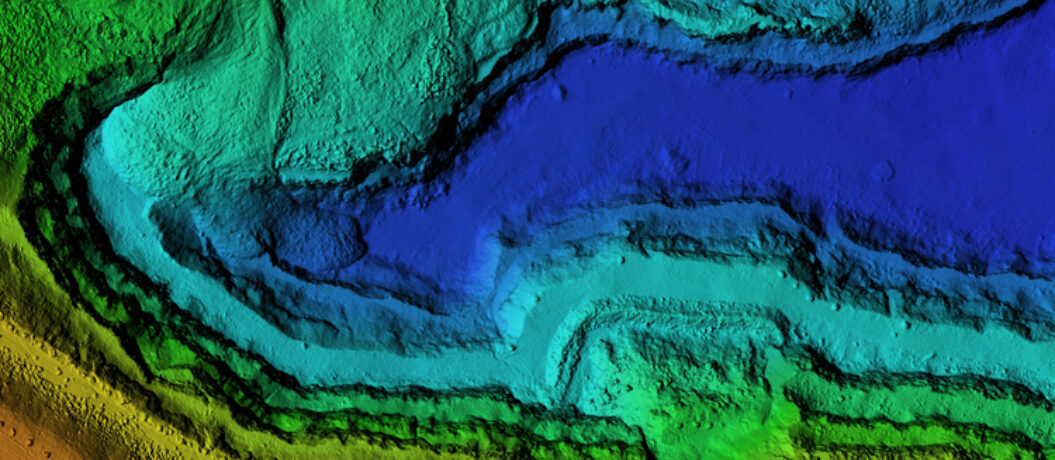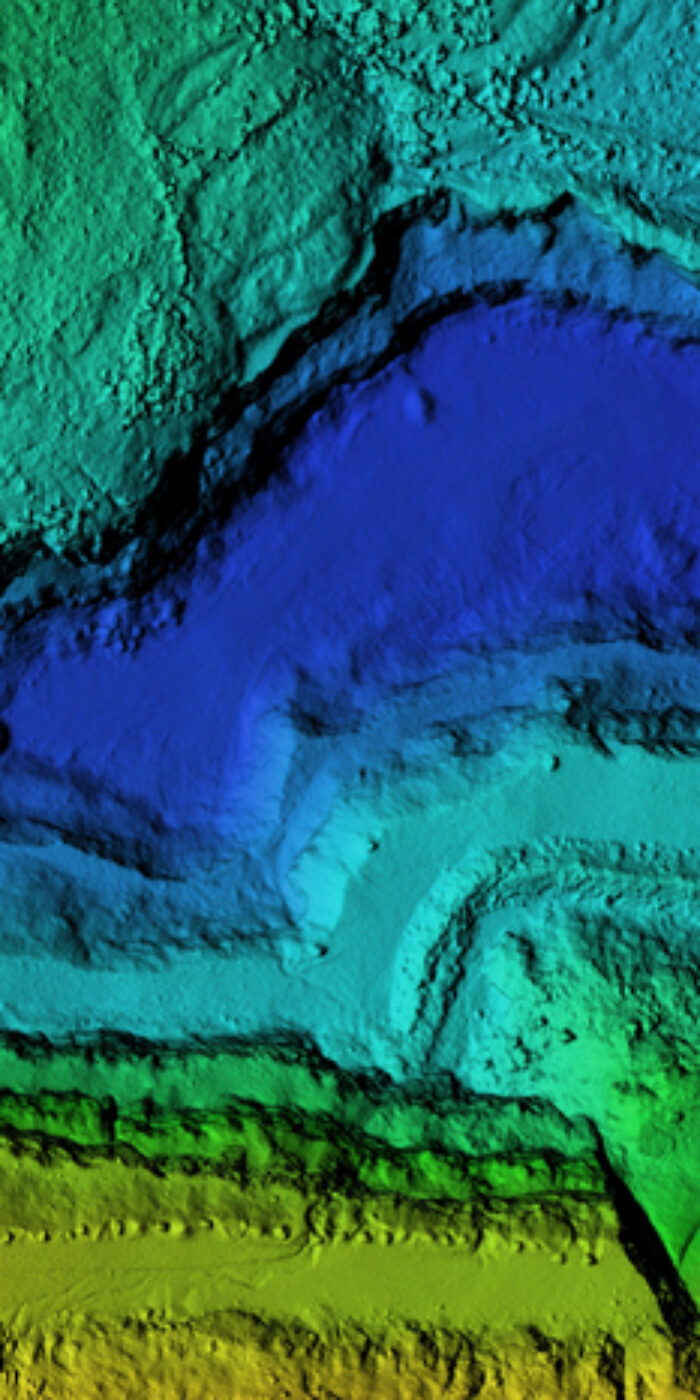Many public works organizations have made a large investment into gaining and deploying a Geospatial Information System (GIS) to track their spatial assets, maintain historical records and sustain an accurate inventory. GIS data provides invaluable information to these asset management organizations.
Whether your organization has utilities, parks and recreation, roads, bridges, signals or facilities, a robust integration between EAM and GIS is integral to a long term, successful asset management plan.
Enterprise and Geospatial Asset Management Systems
The relationship between GIS data and enterprise asset management (EAM) systems is both necessary and complex. Many asset-intensive organizations believe that having an EAM system embedded into their preexisting GIS system is optimal for asset management; however, this leads to an important problem: what happens with non-spatial assets?
Instead of embedding an EAM system into a GIS system, organizations should look for an EAM system that supports complete integration with your GIS data. This allows your organization to track all of its assets, not just spatial ones. Ensuring that your organization can effectively track all of its assets with the same amount of in-depth, life-cycle detail while capitalizing on the spatial functions of your GIS can increase the effectiveness of your organization and maximize the success of your asset management plan.
Mobile work flows
Utilizing an asset management software that supports work flows both in the office and in the field decreases the chance for data inconsistency. It also increases the ability to report on the status of assets and determining capital investment strategies.
Example: AssetWorks Enterprise Asset Management (EAM) software allows each department to identify their workflows and configuration requirements, which support differing requirements dependent upon department needs. Both maps and lists are available both in the application and on mobile.
GIS Data When and Where You Need It
Syncing data between EAM and GIS applications allows each system to do what it does best. For example, AssetWorks EAM is a mature maintenance database that supports the life-cycle management functions for any kind of asset specifically designed to help organizations of all sizes manage and maintain their assets―including fleets, facilities, consumables, equipment, property and infrastructure―efficiently and cost-effectively. With AssetWorks’ Esri integration, organizations are able to capitalize on their investments by easily adding, editing and completing asset inventories within EAM, which then updates Esri automatically. This maintains the consistency of your spatial assets within their system of record.
Improving Data Transparency
Due to the increased requirement that organizations become more transparent in regards to citizen inquiries, it makes sense to invest in a system that can be applied against the entire organization to make data collection and reporting easy and fast.
With an effective system, you can send out reports, create dashboards and publish maps with work order and service request data to citizens. Sharing data, like maintenance completion rates, can have a positive impact on community morale.












